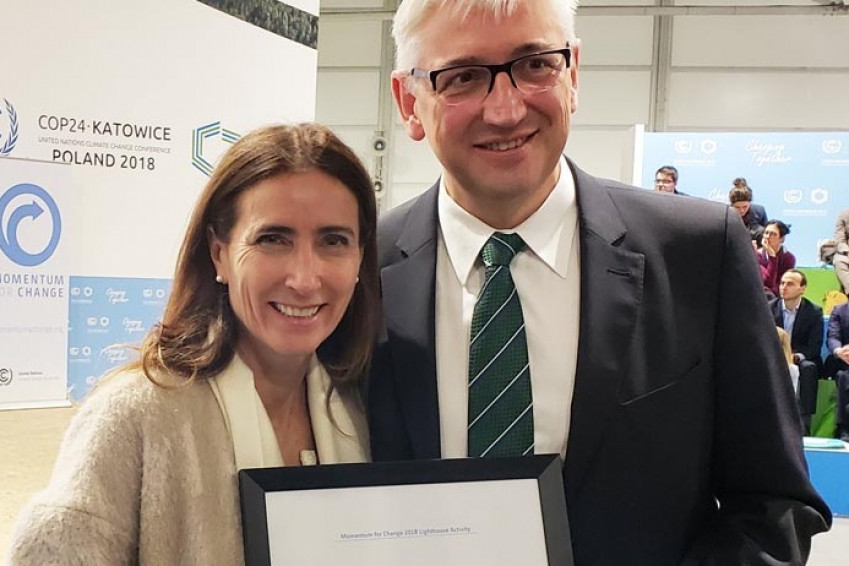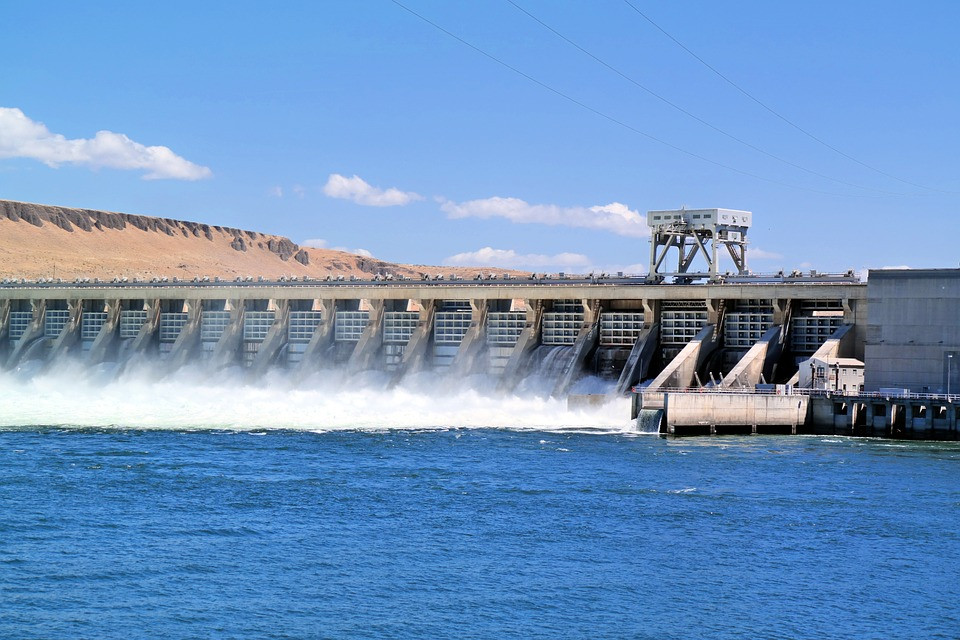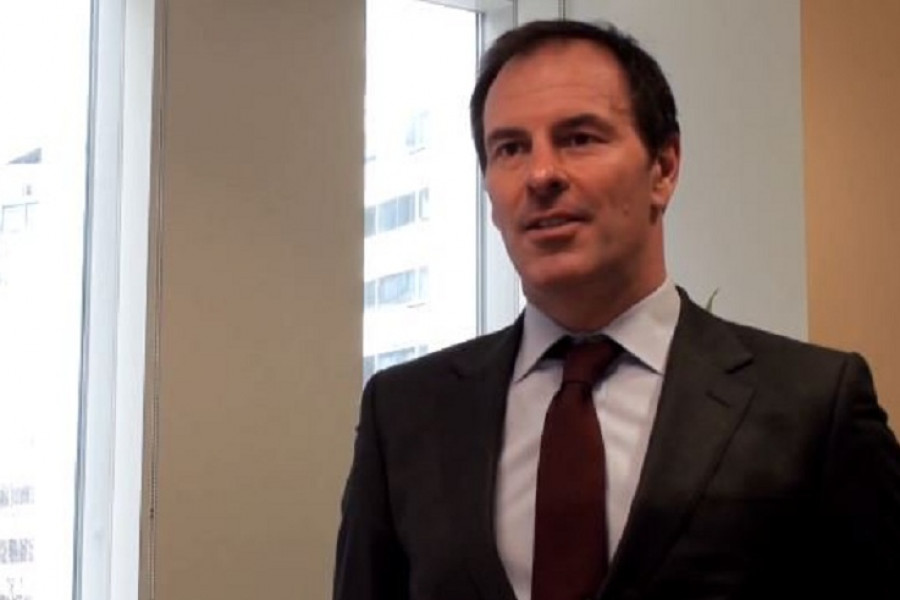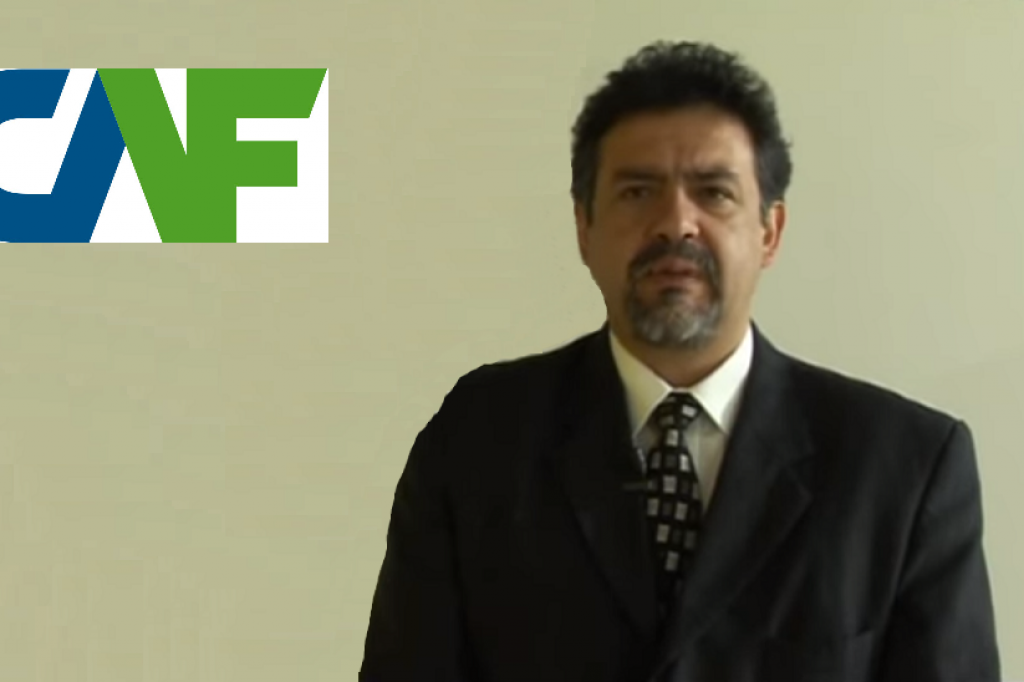The sanitation services management model implemented in Chile has achieved coverage and quality levels as in no other country in Latin America according to engineer Víctor Galilea, former Executive President of the National Association of Sanitation Services Companies (ANDESS) despite the fact that Chile has suffered from a long continued drought situation.
According to Galilea, the model is “the one that has allowed us to cope with the challenges generated by climate change and the quite frequent emergencies caused by natural phenomena, such as earthquakes and volcanic eruptions”.
In the words of Víctor Galilea, “at the end of the 80s, before the privatisations, the coverage was over 90% in AP and 80% in AS and at the beginning of this process less than 20% of wastewater had treatment in Chile ”.
According to the latest official data provided by the SISS in 2015, “urban drinking water coverage nationwide in the concession areas stays at 99.9% and sewerage coverage has increased from 96.65% to 96, 8%".Thus the indicators of continuity of service indicate “that the sector reached a continuity index of 99.5% for drinking water and 99.79% in the case of wastewater, That is to say, almost 24 hours a day 365 days a year continuously". While "urban wastewater treatment coverage is 99.85% for those that have sewerage installed". Coverages that, in the light of the data, place Chile at the same level as countries such as the Netherlands, Luxembourg and Switzerland, and above the rest of the nearby countries, because there is no country in the region anywhere near this indicator.
With the privatisations of sanitation services, or in some cases their private management, according to Galilea there was “a second wave of investment, which mobilized huge private resources, under the protection of the current tariff system, for the treatment of wastewater, contributing to get over one of the most important sanitation shortcomings in the country, which was the almost zero wastewater treatment”.
The level that Chile has achieved in terms of coverage, quality and continuity of sanitation services is not trivial with respect to its environment.
In the case of Peru, the regulator of these services (SUNASS) reported that 6.2 million people in the urban area do not have potable water service and 7.5 million people in the urban area do not have service sewerage, with an average drinking water coverage of 90.67% and a sewerage coverage 83.82% in 2015 and with an average continuity nationwide which was between 18.64 and 18.51 hours per day, through 2014 and 2015 respectively.
In the case of Argentina, in its recent Drinking Water and Sanitation Plan, produced in 2016 by the country's Ministry of Interior, Public Works and Housing, it is reported that “Argentina's water and sanitation sector is significantly behind in water and sewage coverage, and requires improvements in the quality and efficiency of services. We estimate that 39.8 million people reside in urban areas (2015), of which 87% have access to water through the public network and 58% to sewers.
In the case of Mexico, as reported by the National Water Commission, the national urban coverage of piped water in homes and properties in 2015 was 97.2% and the national urban coverage of sewerage to public network or septic tank was 96.6% and in terms of wastewater treatment, according to IDB, it is expected to reach 60% "tentatively in 2015".
According to Víctor Galilea, the exemplary levels achieved in Chile as regards its sanitation services were the result “of a long road and the result of different policies promoted over several decades". Up to 1977, both the operation and the supervision of the sanitation systems were state-owned, and multiple public distributions served different functions in this regard, often overlapping each other. This year, the coverage of drinking water and sewerage in urban areas was a sparse 85.6% and 55.9%, respectively, compared to the current coverage of 99.9% and 96.8%, respectively. Additionally, there was no investment in wastewater treatment, which made human contact with untreated water a relatively frequent occurrence".
The rates for these services, which are among the lowest in the world among countries with equivalent services (OECD), are defined by a procedure that has the dual purpose of: 1) promoting self-financing, that is to say, that the rate should be sufficient to cover the investments and expenses necessary to provide the service, and 2) promote the setting of “efficiency rates”, that is to say, the rate has to be fair and necessary to cover only the indispensable costs of the service, committing to efficient management and investment of resources. Consequently, the rate setting framework does not "ensure" a profitability to the provider, nor does it "assure" that it the rate will cover all its costs.
This rate setting system began operating almost a decade before the subsequent privatisation process, which highlights that the current rate setting system was designed, in the words of Galilee “thinking about the need for self-financing and the need for rates to be efficient, regardless of who owns or operates the companies, which encouraged the accomplishment of the first wave of investments that allowed the service coverage levels to be raised ”.
With the advent of the sanitation companies privatisation, or in some cases of their private operation, Victor Galilea affirms that it gave rise to “a second wave of investments, which mobilized huge private resources to sewage treatment under the current tariff system, contributing to overcome one of the worst sanitation shortcomings in the country, which was the almost zero sewage treatment. We estimate that the investments made for these purposes reached figures of the order of 2 thousand million dollars and the investments continue.
In the last five years, the total investment of the sector amounts to 1,949 million dollars, which is equivalent to 80% of the profits obtained by the companies of the sector in this period ”.
Finally, the process of privatisation of sanitation services in Chile was carried out democratically and through laws approved by the National Congress from 1997 on. Since 1999, the urban population has increased from 12.72 to 17 million and, as a result of urban growth and population growth, the drinking water network grew by almost 11 thousand Km. Moreover, the wastewater network grew by approximately 10 thousand Km., in addition to the construction and commissioning of 290 waters treatment systems.
It is a heritage worthy of note that Chile exhibits high levels of coverage for both the output of drinking water and the collection and treatment of urban wastewater, which is not only an asset to the country in terms of public sanitation, but also indicative of the quality of life and the dignity of its people, in addition to the favourable environmental benefits that this entails and its favourable effect on the creation of different productive activities in the agricultural and recreational fields, to name but a few.










